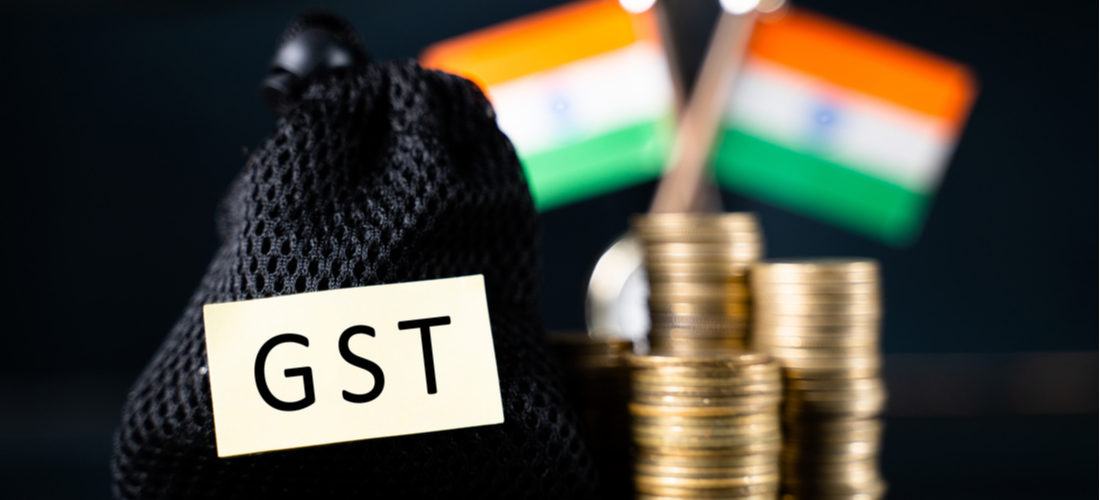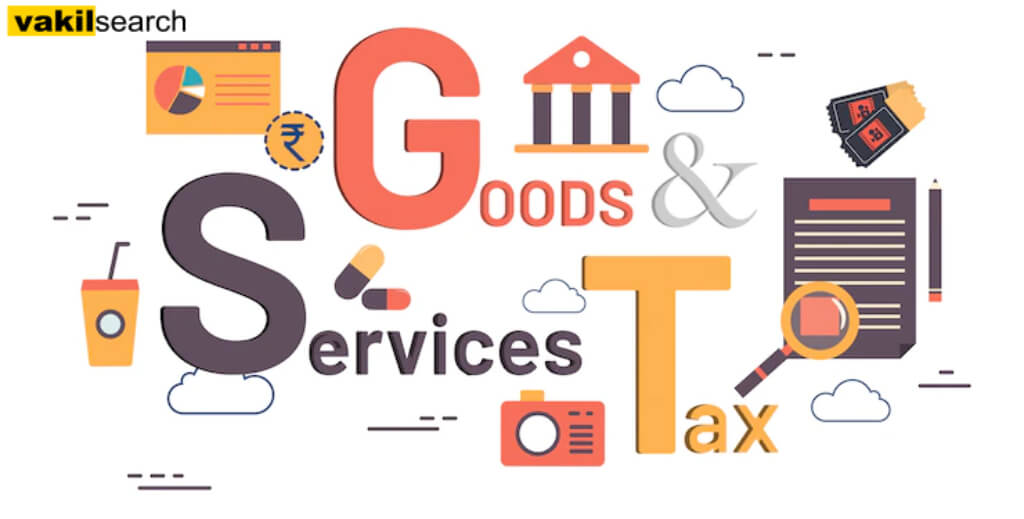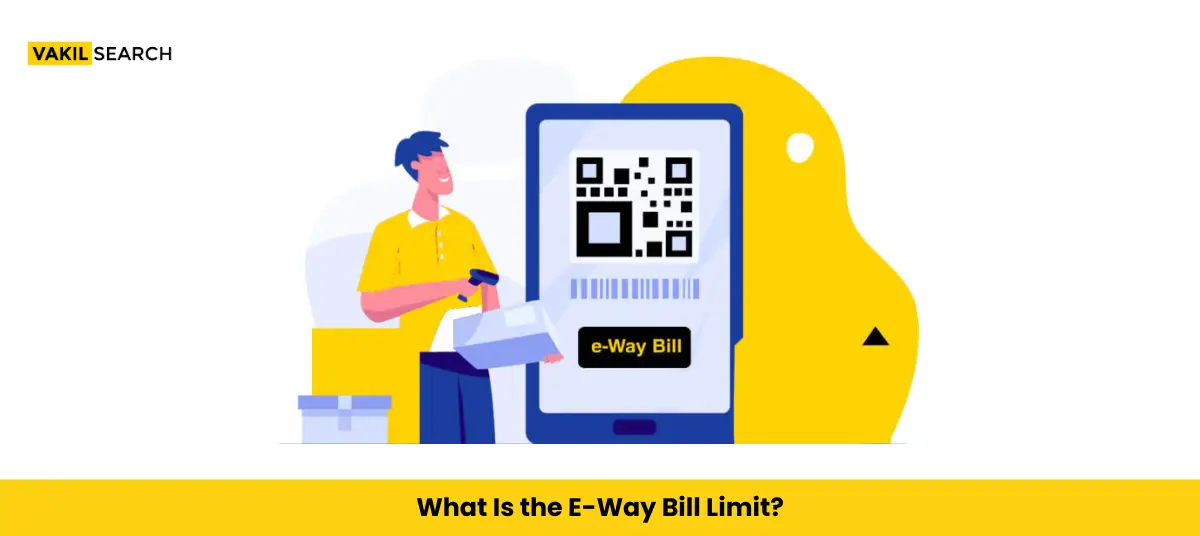Introduction
The payment of GST has become a streamlined and straightforward process with the introduction of the GST challan system and online transactions. Business owners find this mechanism convenient, allowing them to transfer the required funds through various methods such as NEFT, RTGS, and credit cards.
To initiate a GST payment, it is essential to generate a GST challan from the GST portal. Once generated, the payment can be executed through internet banking, credit/debit cards, NEFT, or over-the-counter payment at selected banks. In this article, we will explore the procedure for creating a GST challan and making the GST payment.
| The Insurance Regulatory and Development Authority of India (IRDAI) has once again requested the Finance Ministry to reduce GST rates on life and health insurance premiums from 18% to 5%. The GST Council is expected to deliberate on this matter during its 42nd meeting scheduled for September 19. |
GST Payments Modes
GST payments can be made through the following modes:
- Internet Banking:
– Utilize authorized banks for internet banking transactions.
- Debit Card or Credit Card:
– Make payments through authorized banks using debit or credit cards.
- National Electronic Fund Transfer (NEFT) or Real Time Gross Settlement (RTGS):
– Initiate transfers from any bank through NEFT or RTGS.
- Over-the-Counter Payment:
– Deposit cash, cheque, or demand draft at authorized banks for amounts up to ₹10,000 per GST challan per tax period.
| Starting October 1, 2020, the CBIC is making GST e-invoicing mandatory for companies with an annual turnover of over ₹ 500 crore for their business-to-business transactions. |
Banks Accepting GST Payments
Taxpayers can generate a GST challan and proceed to one of the following banks for payment of GST by cash, cheque or DD.The list comprises all nationalised banks and a handful of large private banks such as ICICI and HDFC
Given below is the list of banks that have been authorised to accept GST payments on behalf of the Government:
- ALLAHABAD BANK;
- ANDHRA BANK;
- AXIS BANK;
- BANK OF BARODA;
- BANK OF INDIA;
- BANK OF MAHARASHTRA;
- CANARA BANK;
- CENTRAL BANK OF INDIA;
- CORPORATION BANK;
- DENA BANK;
- HDFC BANK;
- ICICI BANK LIMITED;
- IDBI BANK;
- INDIAN BANK;
- INDIAN OVERSEAS BANK;
- JAMMU AND KASHMIR BANK LIMITED;
- ORIENTAL BANK OF COMMERCE;
- PUNJAB AND SIND BANK;
- PUNJAB NATIONAL BANK;
- STATE BANK OF INDIA;
- SYNDICATE BANK;
- UCO BANK;
- UNION BANK OF INDIA;
- UNITED BANK OF INDIA;
- VIJAYA BANK.
| Under the Indian taxation system, all the goods and services are categorised into 6 slabs. It is significant for all business people to know under which category their goods or services fall. The GST rate finder service is used to find the GST rates of all the goods and services. This service is also referred to as the HSN finder. By using the HSN finder, we can also find the HSN codes for goods and services. |
Procedure for Making GST Payment
- Generate GST Challan:
– Visit the GST portal and generate the GST challan.
- Fill in Details:
– Enter the necessary details such as taxpayer information, type of tax, and the amount to be paid.
- Choose Payment Mode:
– Select the preferred payment mode from options like internet banking, debit/credit card, NEFT, or over-the-counter payment.
- Make Payment:
– Execute the payment using the chosen mode. For internet banking, debit/credit cards, and NEFT, the process is typically online.
- Transaction Acknowledgment:
– Receive an acknowledgment of the transaction, confirming the successful payment.
- Check Status:
– Monitor the status of the payment on the GST portal.
By following these steps, businesses can efficiently create a GST challan and make GST payments using the mode that best suits their preferences and requirements.
Procedure for Creating GST Payment Challan
You can easily create a GST challan by following the steps outlined hereunder:
Step 1: Login to the GST Portal
Sign in to your GST account on the GST portal – https://services.gst.gov.in/services/login. Click on button create challan in the GST dashboard.

Step 2: Enter details of the GST payment you would like to remit
In the page shown below, enter details of the GST payment that you would like to remit. The amount has to be provided under heads of the CGST, IGST, Cess and the SGST.
Also, the breakup of the payment made towards tax, fee, interest, penalty and others can must be mentioned.
Select the mode of payment from the payment modes option. Once all these details are mentioned, click on Generate Challan.

 Step 3: Verify GST payment details
Step 3: Verify GST payment details
In the next screen, verify the details of the payment and click on make payment. In case it is a cash payment, a GST challan like the one shown below will be generated. The payment GST challan can be produced at one of the banks mentioned above to make over-the-counter payments.
If you choose to pay the goods and services tax online, then you must verify all essential details related to your payment. In case, there are some problems in calculation, then you may end up paying some extra money.
Consequences of not Filing GST: GST Penalties and Interest

Conclusion
Navigating the complexities of GST payment is essential for the smooth operation of your business. With the assistance of platforms like Vakilsearch, you can access professional expertise to ensure that your business remains compliant with GST regulations, minimizing the risk of penalties and legal complications.
Consider reaching out to Vakilsearch experts and streamline your GST payment process!



 Step 3: Verify GST payment details
Step 3: Verify GST payment details






